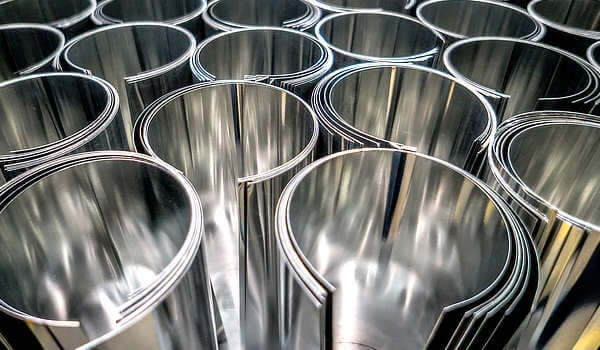Abstract
Aluminum alloys play a critical role in various industries, particularly in aerospace applications. This research aims to investigate the influence of alloying elements on crack propagation behavior in Aluminum 7050 and 7085, two alloys extensively used in aerospace engineering. We explore how these alloying elements affect crack initiation and growth, considering the materials’ microstructure, mechanical properties, and processing methods. The research will employ Nano Secondary ion mass spectrometer in conjecture with Focused Ion Beam electron microscopy. The observed elemental mapping showed greater concentrations of magnesium, silicon, and some quantities of copper around the crack length. The oxidized state of these elements contribute towards the propagation of the cracks in addition to environmental Hydrogen that causes embrittlement around the elevated grain orientations. Our findings contribute to the understanding of these alloys’ fracture mechanics and offer insights into improving their performance and safety while also highlighting the reasons behind their extensive utilization within the aviation industry.
Introduction
In contemporary engineering and industry, aluminum alloys continue to play a crucial role, notably in aeronautical applications. Aluminum has become an essential element in aerospace design and construction thanks to its combination of lightweight properties, superior strength, and great resistance to corrode. Aluminum 7050 and 7085 stand out among the variety of available aluminum alloys for their distinct qualities and significant use in the domain of aeronautical engineering (1). In the aircraft business, where materials are thoroughly evaluated under the most challenging circumstances and where failure cannot be an option, technical innovation is therefore at the forefront.
The one major downside to these alloys is environmentally assisted cracking, especially one associated with hydrogen. Numerous high strength engineering alloys, such as steels, β-Ti alloys, and aluminum alloys, are affected by the ubiquitous issue known as hydrogen environmentally aided cracking (HEAC) (2). The amalgamation of mechanical force and chemical reactions with hydrogen and other elements present in atmosphere results in HEAC. The alloy absorbs hydrogen development over their surface, which lowers the fracture resistance. The 7xxx family of aluminum alloys possessing exceptional structural strength are particularly vulnerable to HEAC in aqueous conditions (such as humid air and water-based ionized compounds). In this instance, the interaction between the water/electrolyte and the alloy surface results in the entry of hydrogen into the alloy. Hydrogen then diffuses to areas under high hydrostatic strain during the static loading process. Cracks may eventually start at relatively brittle grain boundaries, spread, and then stop (3). In order to produce discontinuous inter-granular crack formation, there must be sufficient hydrogen intrusion before the fracture expands once again and the process is repeated. This is in line with the parallel striations that are frequently seen on the inter-granular fracture regions of statically stressed 7xxx alloys (related to ductile blunting following fissure arrest) (4). The striations are typically equally distributed (approximately 200 and 500 nm apart) and parallel to the trajectory of fracture propagation. The slowest phase of hydrogen accumulation at the severely strained grain boundaries regulates the fracture propagation rate. In light of this, “it may be constrained by (a) the transport of hydrogen-containing species to the alloy surface (especially in gaseous settings), (b) the reaction rate at the alloy surface, or (c) the diffusion rate of hydrogen inside the alloy” (5). These three phases adhere to Arrhenius kinetics and also influenced by temperature. As a result, the rate of HEAC fracture development similarly rises proportionally with temperatures…
To get access to the complete article, please send an email at sales@thedocumentco.com


Recent Comments